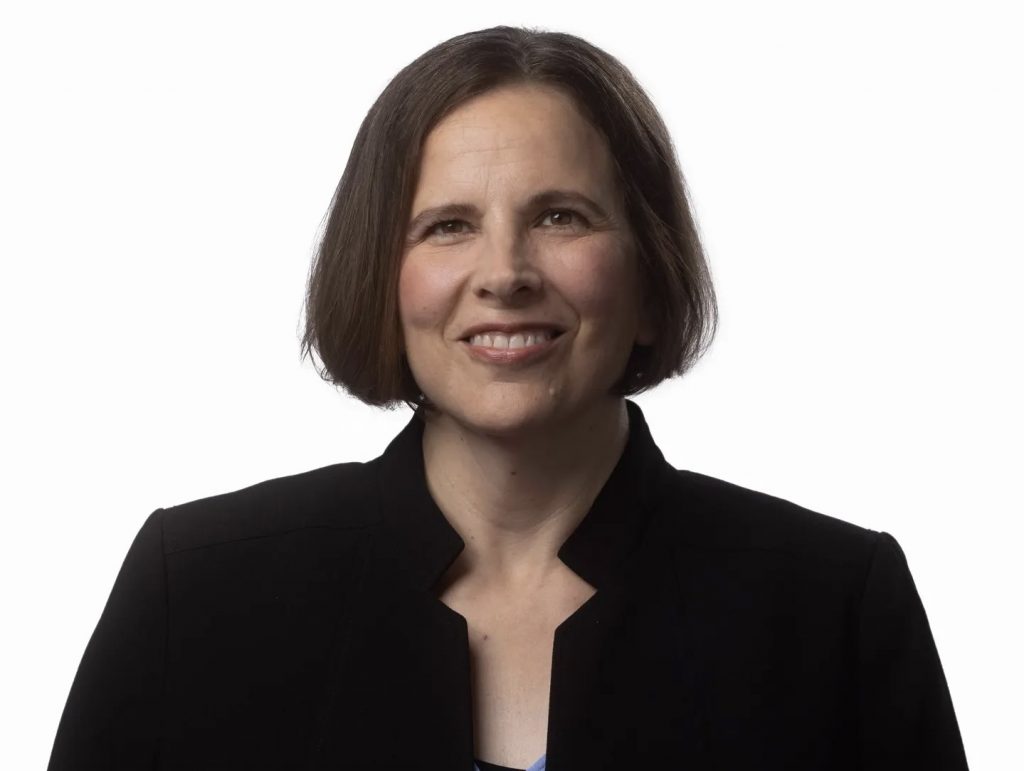Sometimes she feels a bit like Don Quixote fighting the windmill, Miriam Beecham tells me. “I have always wanted to change the dynamic between the health system and the patient, to put the power and the knowledge back in the hands of the consumer.” It’s no easy task, but Miriam leans on strategies from behavioral design to make a difference in her users’ lives.
She even talks like a behavioral scientist. She tells me, “everybody knows you should not smoke, and everybody knows that you should walk enough every day. But the difference between knowing it and doing it are two very different things.”

Miriam applied behavioral science at PwC with large government contracts like USAID and the Department of Defense, she worked with Pfizer to launch Chantix and its accompanying smoking cessation program, and at Healthwise she leveraged principles from cognitive behavioral therapy to help people live healthier lives.
Now at RecoveryOne, which she describes as a virtual physical therapy startup, Miriam helps her users re-imagine physical therapy, changing their mental models from a PT that requires hands-on assistance to one that can be done alone, in the comfort of patients’ homes. In this interview, Miriam shares how she leverages behavioral design as a product leader to help her users create new mental models around physical therapy.
Tell me something I don’t know. (Anything!)
My first serious job after college was at Price Waterhouse in the former Soviet Union. I worked in Russia, Moldova, and Kyrgyzstan for three years. I have loved traveling ever since, and I look forward to living abroad again one day.
Which fiction book would you recommend to product leaders? Why?
When it comes to fiction, I’m partial to sci-fi, fantasy, and the occasional spy novel. Recently, I’ve been using most of my spare time to learn Spanish. As a product leader, I value any endeavor that exercises the brain, challenges us to see the world differently, and sparks new ideas. It could be reading fiction, studying a new language, getting outdoors, or really anything that opens up new worlds.
How have you leveraged behavioral design in your work? What was the result?
At RecoveryOne we help people recover from musculoskeletal injuries from the comfort of home. But adding a new routine, especially one that involves work, time commitment, and some degree of pain (i.e., physical therapy), isn’t easy. Behavioral design principles help us enhance our members’ experience by harnessing their desire to get better and move past barriers.
We start with a behavioral diagnosis to identify key behaviors, top barriers, and associated psychologies. Then, we implement the appropriate changes to our experience. For example, we recently developed an interactive quiz for our onboarding process to help prospects understand the value of our solution, resulting in a 64% improvement in enrollment.
Our goal for the quiz was to help prospects build a new mental model of at-home physical therapy care. We know that doing physical therapy outside of a clinic, without the guidance of an in-person physical therapist, is still a novel concept. And when people are faced with uncertainty, they often choose to do nothing, or simply revert to the status quo. Using simple, multiple choice questions, we were able to help our prospects better understand our solution, and diminish their uncertainty.
For example, the answers to the question “How important is it for your treatment to fit conveniently into your day-to-day life?” help us showcase our value as an at-home solution. At the same time the answers to “Have you ever tried physical therapy (PT) before?” help us equate our solution to the status quo and gently reinforce its efficacy. The quiz has proven effective in helping our prospects build this new mental model, while offering a much more personalized and engaging experience than we could have achieved with passive content.
What’s your biggest barrier to getting things done as a product leader?
Our biggest barrier to getting things done well is maintaining focus and alignment across our resources. Using OKRs and ruthless prioritization helps to solve this challenge.
What gap do you see in typical product strategy that behavioral insights can fill?
When building products, especially in the B2B2C space, it’s easy to over-index on quickly adding functionality in response to competitive pressure and client demands. Using behavioral insights helps us keep the consumer (actual end-user) in mind and ensures we build a truly effective product.
How do you see product management evolving over the next 5 years? What are your hopes for the practice?
While core principles of product management will remain largely the same, the world around us and the products we manage will change significantly. Many software products will migrate from a two-dimensional space to a three-dimensional one, bringing new design and user experience challenges. Of course, AI will also become an important tool to help product managers do their jobs more efficiently. From helping write user stories to enhancing our data analysis capabilities, AI will allow us to better understand where our products are struggling versus performing well.
What advice would you give product leaders hoping to design for humans?
Talk to humans and observe them in action. People will say they want to do x, but often end up doing y. Empathy and understanding are critical. And, perhaps less obviously, think of your product broadly. Humans don’t want to be subjected to the whims of a company’s org structure and the inevitable user experience friction that comes with it. When thinking about product design, start with the customer’s first interaction with your company and consider every subsequent touch point, whether it’s officially within your “product” scope or not.